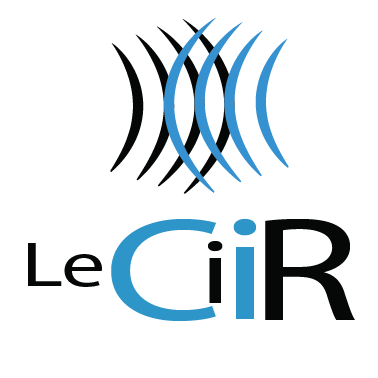Last week, we looked at cool IT projects for parents to keep kids stimulated and learning from home. This week, we’re diving in deeper; from virtual machines to virtual workplaces, SME virtualization technology is securing its place in the family household. Have your kids set up their own virtual machines, or set one up yourself to provide them with a virtual space away from your data. Then, create a virtual workplace or classroom together so your kids can learn by collaborating with friends, classmates, and teachers. The shift towards working and studying remotely is just beginning, and it’s a great time to get started.
Virtual machines
Virtual machines (VMs) are virtual computers, or guests, that run as separate entities on an existing system, or host. Many VMs can run on one host server, and each has its own operating system (OS).
A Hypervisor creates and runs VMs, sharing host resources like memory and processing in order to allow multiple VMs to be run on a single host (VMWare). Outlined below, bare metal (type 1) hypervisors work on host hardware directly, while hosted (type 2) hypervisors run as software on an OS. In other words, there are system VMs that essentially run as an operating system (VMWare), and there are process VMs, which run on an existing operating system as software.

While we generally implement system VMs with our SME services, process VMs can be great tools at work and at home. Our kids and teens stuck at home, for instance, can use some of the Best Free Virtual Machine Software in 2020 to set up VMs and satisfy their IT curiosity. Running different operating systems on different VMs can then open up a range of new learning possibilities. As parents, on the other hand, we may find VM software useful for protecting our computers by creating a VM for the kids, accessible on our desktops. This can prevent their activities from directly affecting our computers and data. With more of us confined to our homes and schools still closed, VMs just might be the handy tool to keep kids stimulated, learning, and virtually “off” our computers.
Virtual workplaces to virtual classrooms
Virtual machines have had a significant impact on the workplace, helping employees work remotely and, in turn, leading to the virtual workplace. More popular now than ever with COVID-19 forcing a work-from-home culture shift, virtual workplaces have no physical, geographical location. This allows employees anywhere to connect to their virtual machine and workplace network via the internet (IGI Global).
As a tip to SMEs, DevPro Journal recommends implementing a reliable, efficient virtual workplace by moving these three fundamental components of network support to the cloud: Domain Name Service (DNS), Dynamic Host Configuration Protocol (DHPC), and IP Address Management (IPAM). Together, these components are referred to as DDI and, by moving to them to the cloud, disaster recovery time is greatly reduced while employees anywhere can access a workplace without performance penalties.
This kind of remote collaboration isn’t just for the workplace. In times of quarantine and home-schooling, many school boards have initiated virtual classrooms to allow their students to connect, collaborate, and continue to learn remotely. This isn’t yet the case for all students, however. So, to keep the little leaders in your family motivated, why not have them create a virtual classroom of their own?

There are tons of applications for creating virtual classrooms, among them – Google Classroom – which is free and easy to set up. Why wait for school to implement remote classes when your kids can do it on their own by creating a class, choosing a class name, and getting a class code to share with their friends? They can then invite their friends, classmates, and teachers via email to share their new collaboration space. Once started, students and teachers can post questions, lectures, videos, and any other resources for learning. They can even add course work and assignments to complete with deadlines (or not). And, for those kids or teens who are more than happy to be out of school right now, well, Google Classroom is just as easy for parents to set up. Need a little help getting started? The Classroom Help Center has your back. The tools are available; it’s just a matter of learning to use them.
At LeCiiR, we want you to learn and Live Easy – at work and at home. That’s why, in these times of crisis, we’re tailoring our SME virtualization tips to your family. For questions on keeping your kids stimulated with IT or any other topics, don’t hesitate to contact us and leave your comments.

References
IGI Global, What is Virtual Workplace. acc. March 2020.
PG Menon (DevPro Journal), How to Develop an Effective Virtual Workplace. October 2019.
VMWare, What is a Hypervisor? acc. March 2020
VMWare, What is a Virtual Machine? acc. March 2020.


Recent Comments